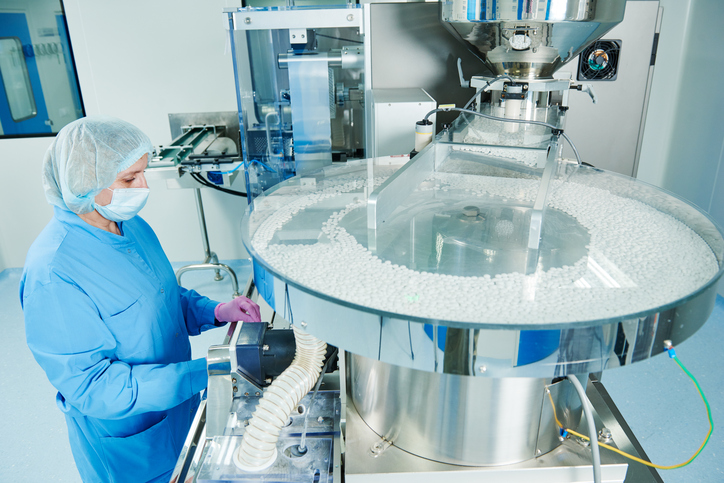 In pharmaceutical manufacturing applications, quality is always the top concern. Stringent FDA standards mean high levels of liability for errors in production. Machine vision plays a major role in delivering consistently high-quality products in the pharmaceutical industry, but machine vision can also deliver productivity gains, within the confines of strict quality demands.
In pharmaceutical manufacturing applications, quality is always the top concern. Stringent FDA standards mean high levels of liability for errors in production. Machine vision plays a major role in delivering consistently high-quality products in the pharmaceutical industry, but machine vision can also deliver productivity gains, within the confines of strict quality demands.
Machine vision technology has advanced considerably since its initial emergence into the industrial sector. It’s now suited for very specific applications in the pharmaceutical industry and creates productivity in a number of ways.
Machine Vision Applications in the Pharmaceutical Industry
Machine vision is widely deployed in the pharmaceutical industry. There are many different applications that machine vision has automated. Typically, machine vision technology is used for critical inspection processes like:
- Code validation
- Package integrity
- Fill level
- Surface defect
- Contamination
- Safety seal
- Cap integrity
- Labeling
Machine vision’s primary role in the pharmaceutical industry is the inspection of products and packaging to ensure optimal quality and provide traceability through the pharmaceutical supply chain. While machine vision is critical to quality, it’s also a driver of productivity.
Machine Vision Productivity Benefits
While still meeting quality requirements, machine vision automation creates productivity in pharmaceutical applications, primarily through the speed of inspection. Manual inspection processes are slow by nature. As machine vision technology advances, and cameras become faster, pharmaceutical inspection also speeds up. This leads to a more productive manufacturing process.
Most machine vision systems provide ease of use too, which creates further productivity gains. Less labor is needed during the inspection process as machine vision technology becomes easier to use and implement, leading to productivity through lower operating costs.
Once advanced machine vision systems are in place, they enable further automation of pharmaceutical production. For example, a machine vision system inspecting package integrity on a conveyor can inform an automated material handling system which faulty packages to pull off the production line. Once again, this leads to faster manufacturing and gains in productivity.
There are many other ways that machine vision technology leads to more productive pharmaceutical production, but speed, ease of use, and enabling further automation are the main sources of productivity.
Machine vision technology plays an important role in the pharmaceutical industry, especially when it comes to producing quality products that meet tough FDA standards. This same technology is also a major source of productivity for critical inspection processes.
To take a deeper dive on the subject, browse Phase 1 Technology’s educational resource on pharmaceutical machine vision technology.
